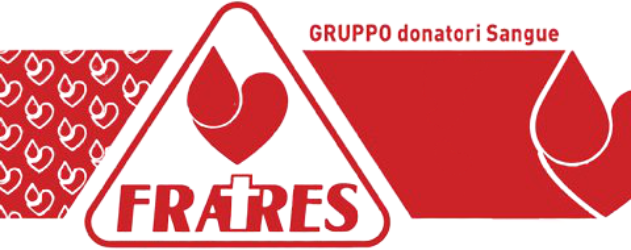Orthostatic high blood pressure, also called postural hypertension, is a condition characterized by a sudden increase in blood pressure when an individual stands up from a resting or existing setting. This can cause a variety of symptoms such as dizziness, faintness, as well as fainting. Recognizing the sources of orthostatic high blood pressure is crucial in order to efficiently manage and treat this problem.
Autonomic Nerve System Dysfunction
Among the principal reasons for orthostatic high blood pressure is disorder in the autonomic nerves. The free nervous system is responsible for regulating various bodily functions, including blood pressure. When this system malfunctions, it can result in uncommon high blood pressure reactions, such as a too much increase in high blood pressure upon standing.
In many cases, free nerve system disorder can be brought on by underlying medical problems, such as diabetic issues, Parkinson’s illness, or multiple system atrophy. These problems can interrupt the normal performance of the free nerve system, causing orthostatic high blood pressure.
Moreover, certain medicines, such as alpha-blockers or beta-blockers, can likewise disrupt the autonomic nerve system as well as add to orthostatic high blood pressure. These drugs are frequently suggested to deal with problems like hypertension, yet they can often cause an abrupt drop in blood pressure when standing, causing orthostatic hypertension.
Dehydration
Dehydration is another common source of orthostatic hypertension. When the body is dried out, there is a reduction in blood volume, which can cause a quick boost in blood pressure upon standing. This is because the body tries to make up for the minimized blood volume by enhancing the pressure to keep sufficient blood circulation to the brain and also various other vital body organs.
Dehydration can take place for various factors, consisting of insufficient fluid consumption, extreme sweating, throwing up, or looseness of the bowels. It is very important to stay properly hydrated, particularly in hot weather or throughout physical activity, to avoid dehydration-related orthostatic high blood pressure.
People with problems that influence fluid equilibrium, such as diabetes insipidus or adrenal lack, are at a boosted threat of developing orthostatic hypertension due to dehydration.
Age-related Adjustments
As we age, our bodies go through various adjustments, including changes in capillary and the free nerve system, which can add to orthostatic high blood pressure. Elderly individuals might experience lowered versatility in blood vessels, causing lowered ability to constrict or dilate in reaction to modifications in body position.
Furthermore, age-related modifications in the autonomic nerves can cause damaged policy of blood pressure upon standing, resulting in orthostatic high blood pressure. The precise mechanisms behind these age-related adjustments are still not fully recognized, yet they are thought to be multifactorial.
Elderly individuals are likewise a lot more prone to other danger factors for orthostatic high blood pressure, such as medicine use and underlying clinical conditions, making them a lot more vulnerable to creating this condition.
Treatment and also Management
Orthostatic high blood pressure can dramatically affect a person’s lifestyle and also enhance their risk of falls as well as other problems. Therefore, managing as well as treating this problem is important.
- Fluid intake: Remaining effectively hydrated is essential in preventing dehydration-related orthostatic high blood pressure. Consuming alcohol water throughout the day and also raising liquid consumption throughout heat or exercise can aid maintain proper blood volume.
- Prevent unexpected movements: Slowly transitioning from a resting or lying placement to standing can aid decrease the unexpected boost in blood pressure. This can be accomplished by taking a few minutes to stay up and afterwards stand slowly.
- Compression stockings: Using compression stockings can assist enhance blood flow and also reduce the pooling of blood in the lower extremities, thus aiding to stop orthostatic high blood pressure.
- Medication adjustments: If medications are creating or contributing to orthostatic high blood pressure, a healthcare specialist might take into consideration changing the dosage or switching to alternative medications.
- Way of life adjustments: Participating in normal workout, keeping a healthy diet regimen, and also preventing extreme alcohol usage can contribute to total cardio wellness and help manage orthostatic hypertension.
- Clinical interventions: In extreme cases, where lifestyle adjustments and traditional procedures do not effectively handle orthostatic high blood pressure, a medical care professional might take into consideration suggesting drugs that aid manage high blood pressure.
Final thought
Orthostatic hypertension is a condition identified by a sudden increase in blood pressure upon standing. Dysfunction in the autonomic nervous system, dehydration, and also age-related adjustments are a few of the primary reasons for this problem. Comprehending these reasons is essential in order to successfully handle and also deal with orthostatic hypertension. With appropriate therapy and way of living alterations, individuals with orthostatic hypertension can lead a better lifestyle as well as reduce the threat of issues.
